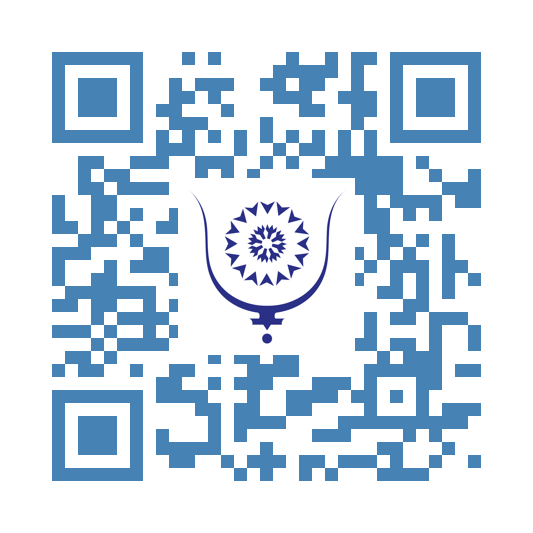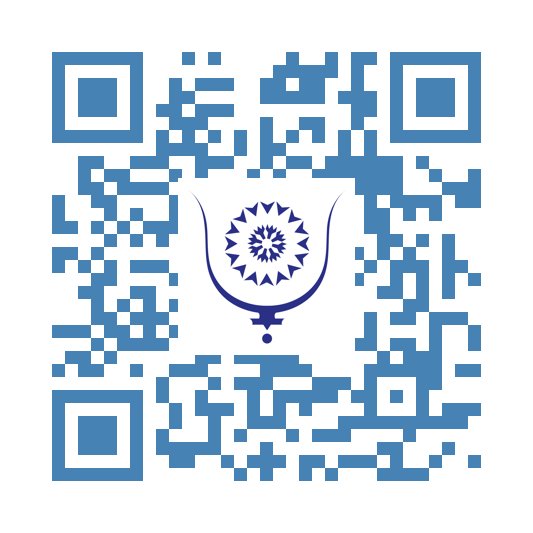Artificial Intelligence and Magick
Artificial intelligence (AI) has emerged as one of the most transformative technologies of the modern era, leading many to compare it to a new form of magick. While traditional notions of magick often evoke images of rituals, symbols, and the manipulation of unseen forces, AI’s “magick” lies in its ability to perform tasks and produce results that once seemed impossible, incomprehensible, or confined to the realm of science fiction. This metaphorical magick is not about mysticism but about harnessing advanced technology to achieve extraordinary outcomes.
Arthur C. Clarke’s third law states, “Any sufficiently advanced technology is indistinguishable from magic.” AI exemplifies this idea, but its comparison to magick runs deeper. Magick, in many traditions, is about transforming reality through intent, knowledge, and the manipulation of forces unknown to the majority. Similarly, AI transforms our world through algorithms, vast datasets, and computational power. Tasks such as translating languages in real time, generating lifelike images and text, helping in diagnosing complex medical conditions, or driving cars autonomously might have appeared miraculous or otherworldly a few decades ago. Today, these capabilities are a reality, made possible by systems that seem to act as modern-day spellcasters.
This magickal quality is heightened by the lack of transparency of AI’s inner workings. While experts understand the mathematical and computational foundations of AI, the average person perceives its results without fully grasping the underlying processes. This gap between input and output mirrors the way magickal rituals often conceal their mechanisms, fostering an aura of mystery and wonder.
AI, like Carl Sagan’s description of books, serves as a bridge across time, space, and understanding. Books, Sagan argued, are a kind of magick that allows readers to access the minds of people from distant epochs, breaking the barriers of time. Similarly, AI enables unprecedented collaboration and connectivity. Through AI-powered systems, individuals can access knowledge from vast datasets, simulate complex scenarios, or interact with virtual assistants capable of learning and adapting. This ability to extend human capabilities and connect diverse sources of information amplifies the metaphorical magick of AI.
Generative AI systems, such as those that create art, compose music, or write human-like text, feel particularly magickal. They appear to conjure creative works from the ether, producing outputs that rival human creativity. This power challenges our understanding of what it means to create and raises philosophical questions about the nature of intelligence, inspiration, and originality. Like magick, these systems operate through odd mechanisms, transforming raw data into something entirely new. The results often evoke the awe traditionally associated with acts of conjuration or ritual.
While it is tempting to view AI purely as a source of wonder, it is crucial to demystify its processes. Carl Sagan’s advocacy for science emphasized the importance of understanding the mechanisms behind phenomena that inspire awe. For AI, this means educating the public about how algorithms function, the data they rely on, and their limitations. Just as understanding the principles behind magickal traditions deepens our appreciation of their symbolism and intent, understanding AI deepens our respect for the ingenuity that makes it possible.
AI represents a kind of modern magick—not in the supernatural sense, but as a tool that extends human potential in ways that inspire awe and wonder. From transforming industries to sparking creativity, AI has unlocked new realms of possibility. However, as with any form of magick, the true power of AI lies in understanding and using it responsibly. By demystifying its processes and embracing its capabilities, we can ensure that this new magick serves as a force for enlightenment, progress, and connection.


